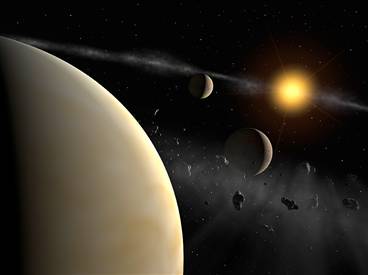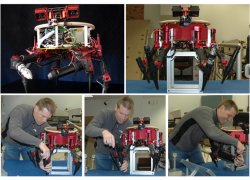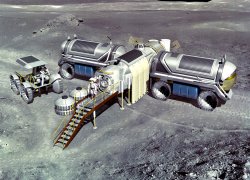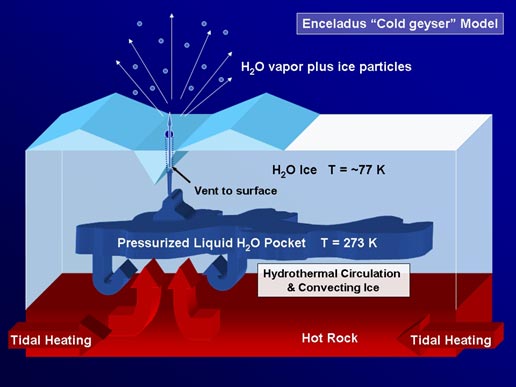(Hat Tip: Around the World with Ken Ham)
Apparently it seems that a Vatican astronomer is calling anyone who believes in the six day theory of creation (that being a divine entity created the world in six literal days) "pagans." Really?
(Scotsman) Brother Consolmagno, who works in a Vatican observatory in Arizona and as curator of the Vatican meteorite collection in Italy, said a "destructive myth" had developed in modern society that religion and science were competing ideologies.
He described creationism, whose supporters want it taught in schools alongside evolution, as a "kind of paganism" because it harked back to the days of "nature gods" who were responsible for natural events.
I guess this probably means that I need to break out the make up and celebrate my favorite pagan holidays such as Christmas, Thanksgiving, and Easter. If creationism is false, then the Bible
is worthless making the teachings of Christ to be at best relative.
But it seems that Consolmagno has not written off religion completely.
(Scotsman) "Religion needs science to keep it away from superstition and keep it close to reality, to protect it from creationism, which at the end of the day is a kind of paganism - it's turning God into a nature god. And science needs religion in order to have a conscience, to know that, just because something is possible, it may not be a good thing to do."

Although Consolmagno's argument sounds cute, he forgets that morality (which is those pesky rules people say we have to follow) is based upon authority, which in turn must be based on truth. Otherwise, the authority loses legitimacy in the eyes of the world along with any writings, movements, ect. connected with it.
Either the bible is or it isn't. Either it's writings are in harmony with science or it is to be placed alongside of other great fairy tales such as Peter Pan, the Three Little Pigs or even Snow White. To claim that the Bible is unscientific yet moral is to claim that oxygen is unnecessary for life yet important.
For those thinking that the Bible lacks anything scientific in nature, here are some verses written thousands of years in advance before they were verified by science.
- The Earth is round not flat (Isaiah 40:22)
- Planet Earth surrounded by a spacial vacuum (Job 26:7)
- Worker Ants being female (Proverbs 6:6)
- The enormous number of stars (Jeremiah 33:22)
- Differing spectra of stars (1 Corinthians 15:41)
- Circulation of the winds (Ecclesiastes 1:6)
- Air actually having weight (Job 28:25)
- The Water Cycle (Job 36:27-29)
More info can be found over at
Clarifying Christianity.
Science is nothing more than an attempt to analyze our world and how it functions. If God exists and if the Bible (your basic instructions on how to get the most out of life) was inspired by him, then science and religion (or rather Christianity) should be in harmony with each other. Apparently Consolmagno seems to have forgotten that when he decided that the Bible was fallible yet relevant.













![ColonyWorlds[at]Gmail[dot]com](http://img.photobucket.com/albums/v438/hiddennook/ColonyWorlds.png)






